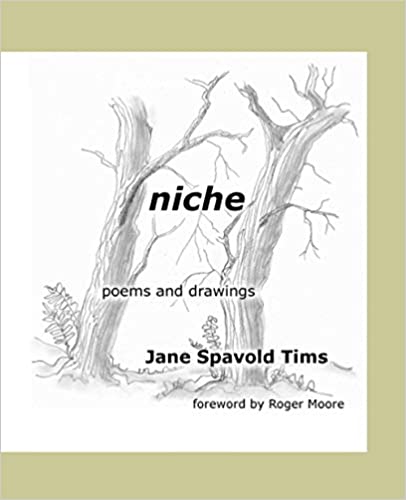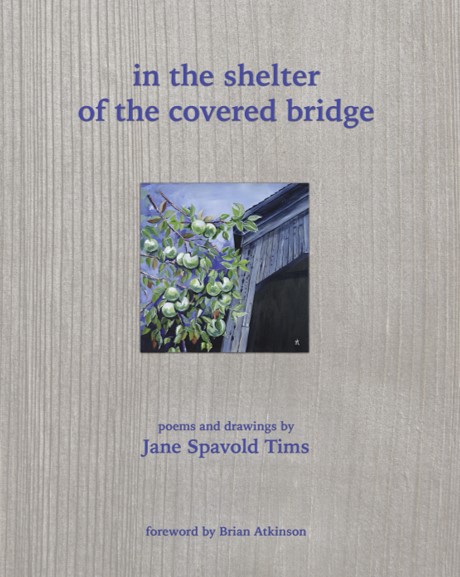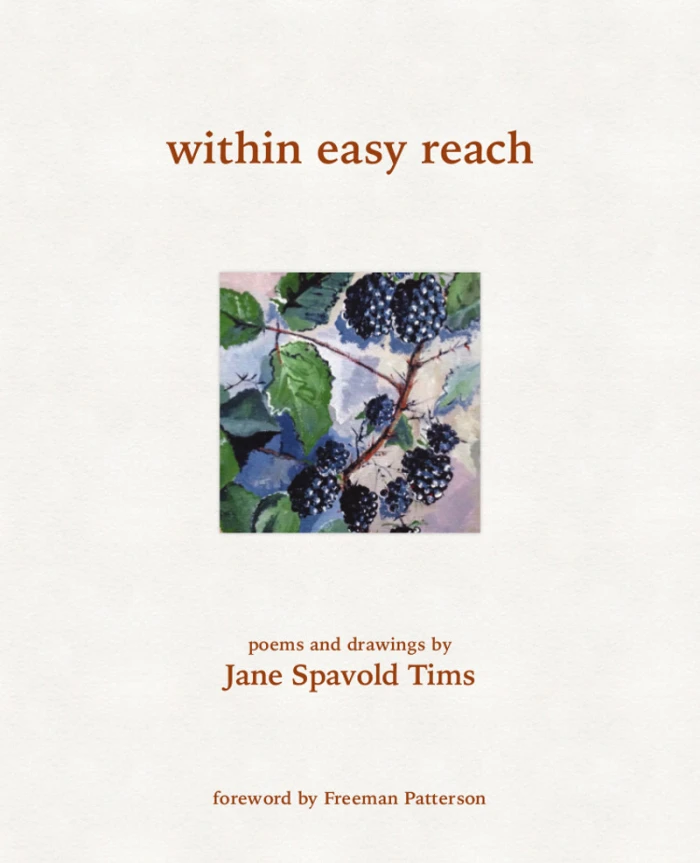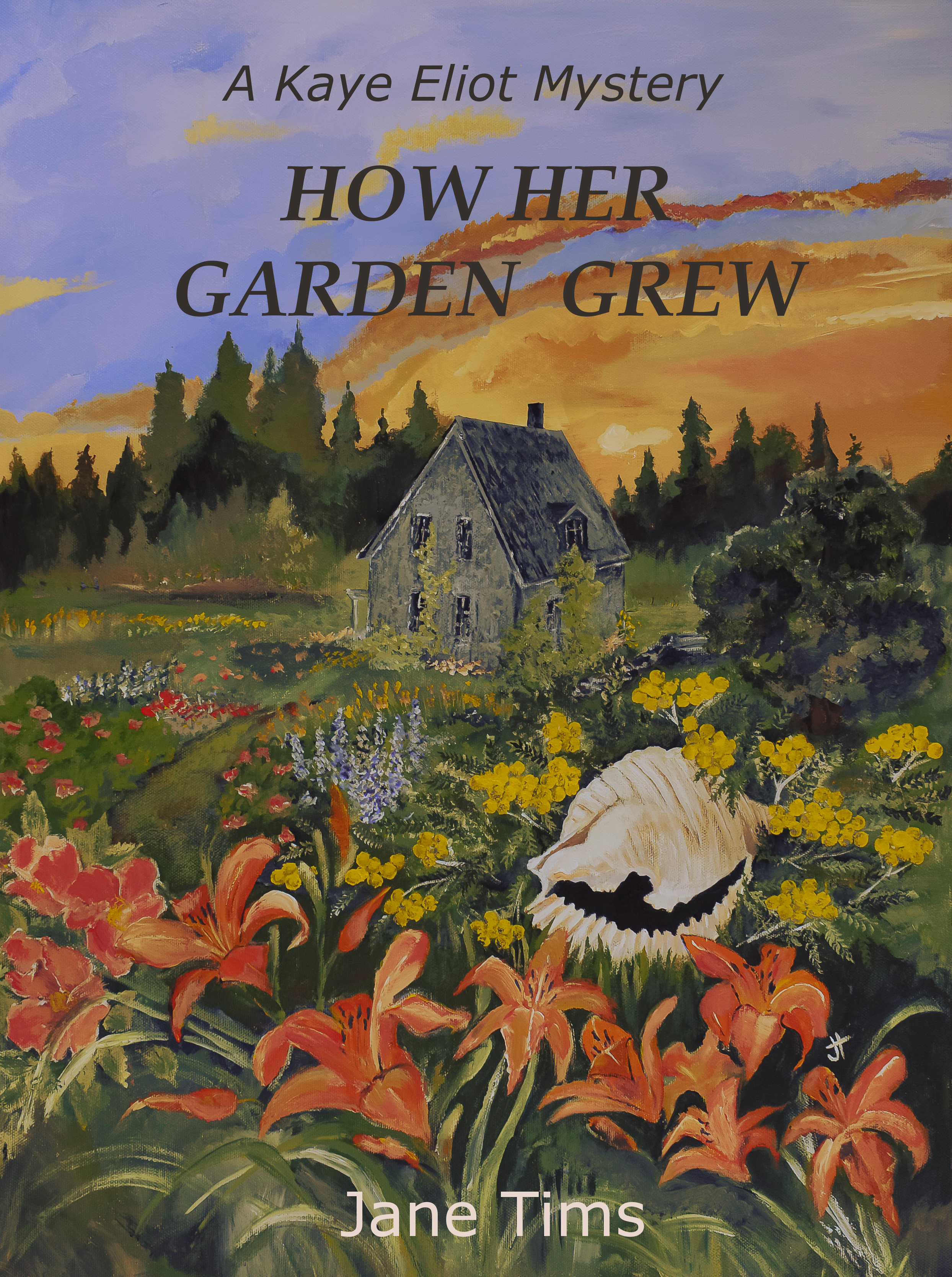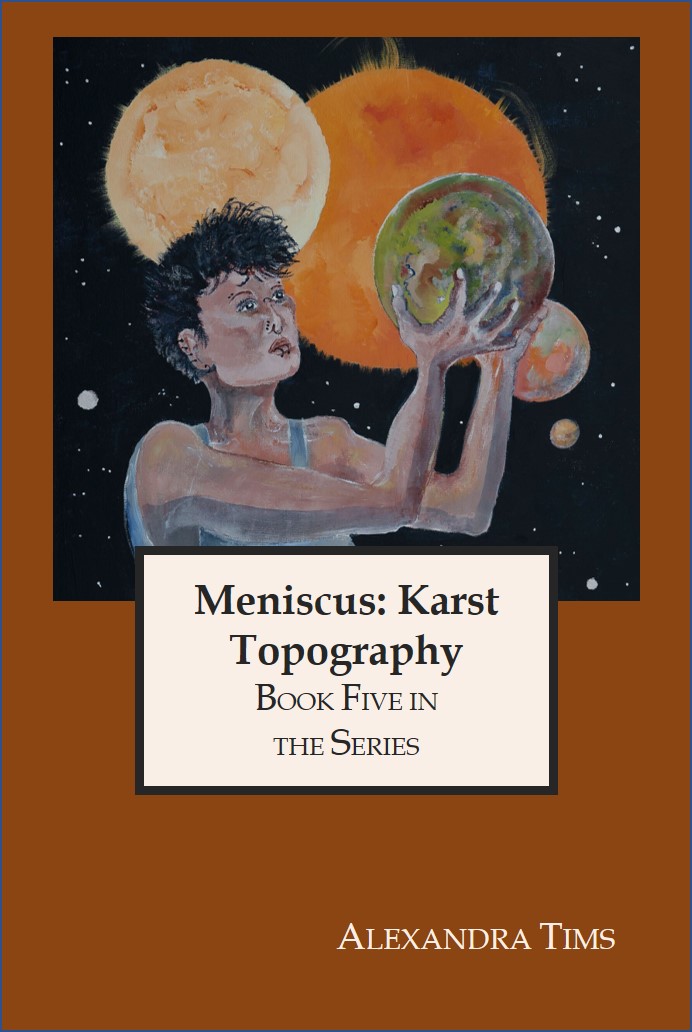Archive for the ‘natural history’ Category
a botanical alphabet
In the last couple of years, I have had the happy task of helping Jennifer Houle, award-winning author, produce her new book, A Child’s Botanical Alphabet. The book takes the reader through the alphabet with examples from the world of botany, plants local to New Brunswick and the Maritime provinces.
~

~
My specific work was to produce the drawings for the book and undertake its formatting on the way to it becoming a published book. I also wrote ‘Notes for the Curious,’ to enable caregivers to give a little more information to children abut the plants they encounter in the book.
~

~
The images in the book began as black and white pencil drawings. Before this, I had never done digital illustrations, so I began by colourizing each drawing. After this, I leaned to do grades of colour and shading. In the end, I did the 26 illustrations, one for each letter of the alphabet, and other images to illustrate the life cycle of the luna moth and fill in the story we wanted to tell.
~


~
I also experimented with background colour and learned to present the images in the proportions of the final book. For the first time, I attempted images that would bleed to the very edge of the page.
~


~
The book is an old-fashioned approach to learning the alphabet, but also a way of encouraging children to look closely at their surroundings and interact with them. To help with this, we have shown that plants are part of a larger community of plants and animals. The book shows the life cycle of the luna moth–we have hidden the luna at various stages of its life throughout the images in the book. We also encourage children to collect, with respect, examples of the plants they find and to learn about the other plants they see. Where I have left parts of the images without colour, the children are invited to add their own colour to the book.
~

~
At last, A Child’s Botanical Alphabet is ready to present to the world! Both paperback and hardcover versions of the book are now available at Amazon.ca by clicking here. On May 11, Saturday, we will launch the book at the Kennebecasis Public Library in Quispamsis, with a special presentation and art activity for the children. After that, the book will be available in both paperback and hardcover at various events, including 2024 Book Fairs in Moncton-Riverview (July 27), Saint John (September 14), and Fredericton (October 19).
~
We hope you enjoy this wonderful book! We are looking forward to showing it to you and introducing children to the world of local plants.
~

~
All my best!!!
Jane
a life-list first: sandhill cranes
As the result of a posting on Facebook (in New Brunswick Birders), my husband and I took a drive to the Canaan Forks area of New Brunswick to see if we could see any of the sandhill cranes spotted there. We had given up on finding them and were on the road out of the area when my husband spotted two in a field between us and the river. I wish I was a better photographer: they were so elegant and deliberate, walking the edge of the field. As they walked and fed, their legs and necks were in a strange sort of synchrony. They appear quite ‘muscular’ and could be confused with a deer if their heads are down feeding.
~

~
Both birds had the red patch on the front of the head. They stayed together, turning to retrace their steps when they came to a small ditch between fields.
~



~
The sandhill crane (Antigone canadensis) can now be added to my life list!!!!!
~

~
Have fun watching the birds now returning from their migrations!
~
All my best,
Jane
soon! a new children’s alphabet book
On my list of goals for the year is a project I haven’t talked about before. A friend and I have been working on her new book, A Child’s Botanical Alphabet.
~
I have known Jenn for years, since we both worked on Fredericton’s WordFeast in 2017. Jennifer Houle is a seasoned author, with two award-winning poetry collections, The Back Channels and Virga (Signature Editions). Her first children’s book, Un logis pour Molly/A Home for Molly, was published by Éditions Bouton d’Or Acadie in summer of 2022 in both French and English.
~
Here is what Jenn is saying about A Child’s Botanical Alphabet:
~
This book started out as a little rhyme I made up for my boys when they were toddlers. I loved teaching them to name common flowers & trees around the yard & neighbourhood. Having a vocabulary for things helps deepen imagination, sense of relatedness. I imagined it as a book that caregivers could read with children as they explored … the pages are meant to be coloured on & leaves & flowers pressed between pages. So it’s a book meant to be used. Oh! And there are Luna Moths fluttering throughout. . .presiding spirits.
Jennifer Houle, Facebook, March 20, 2024
~
When Jenn asked me to do the illustrations for her book, I said yes because I loved the concept and I had some suitable pencil drawings already done. I knew from the start I wanted the illustrations to be in colour, so I did my first work of this sort in the digital world. I used GIMP (GNU Image Manipulation Program) to colourize each pencil drawing. I have learned so much about colour and its presentation. Jennifer was easy to work with, so in spite of some learning curves, we are very happy with the result.
~
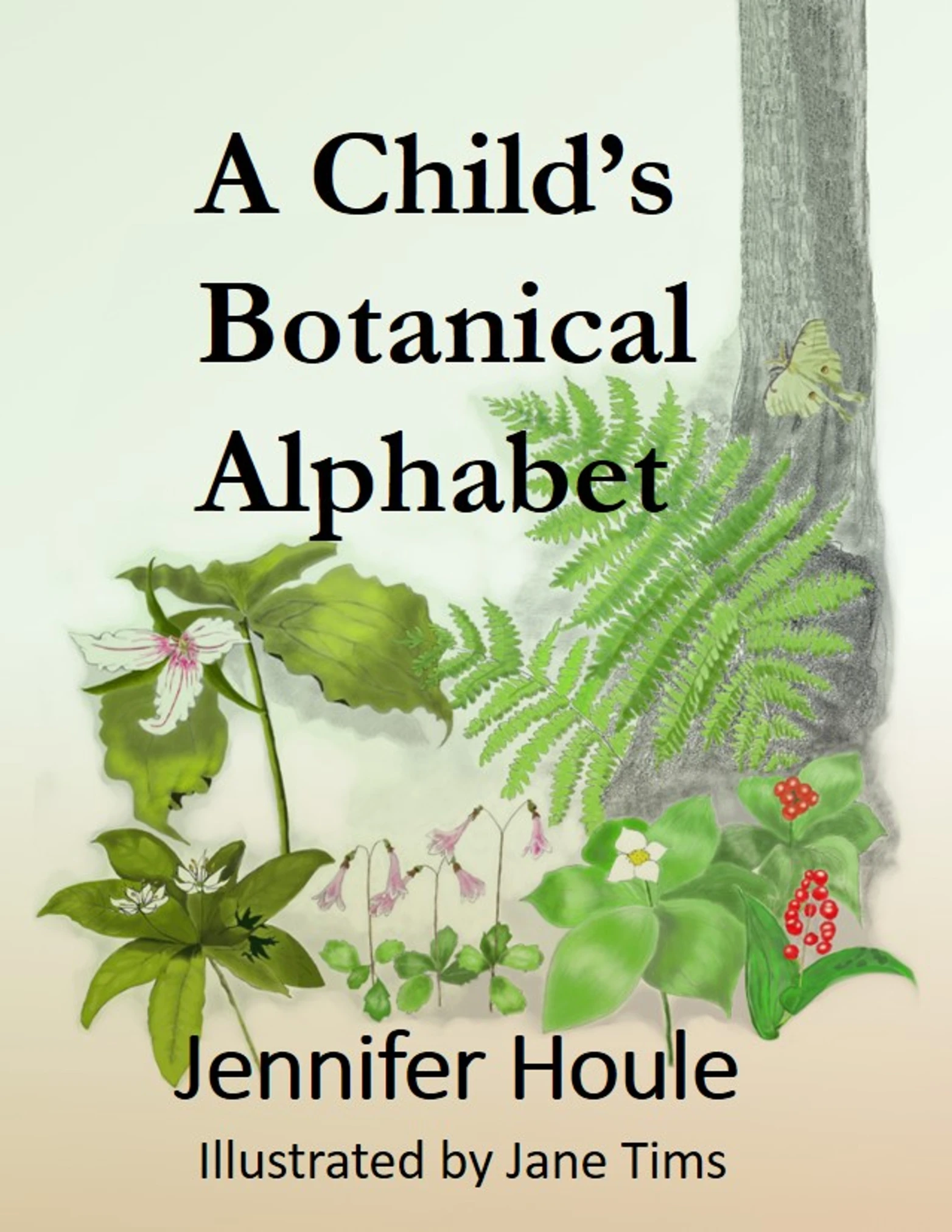
~
As we work on the last small edits, we are excited to see A Child’s Botanical Alphabet in its final form and show it to you. Stayed tuned for more information!
~
All my best,
Jane
book reading and signing
This week I am preparing for a launch of my new book ‘mnemonic – soundscape and birdsong’ at Westminster Bookmark in Fredericton. The poems are enjoyable to read and I look forward to talking about one of my favourite topics – birdsong!
~

~
Preparation means thinking about what I will say, choosing the poems to read within the time given and deciding what to wear. It also means letting you all know about the reading.
~

~
As you can see, I will be reading with another author whom I have never met: Christine Higdon. Her book title is fascinating and I am looking forward to reading her story of four Vancouver sisters in the 1920s. Reading with another author is great: it introduces you to someone you may not know and their books. It means the audience is treated to two readings instead of one. And it usually increases numbers of listeners.
~
My talk will focus on the idea of using mnemonics to remember bird songs and calls. Mnemonic means ‘a pattern of letters, ideas, or associations that assists in remembering something.’ Mnemonics are a well-know way of identifying bird calls.
~
This idea has been with me as long as I can remember. When my Mom heard a white throated sparrow, she would always answer with, ‘I love dear Canada, Canada, Canada.’ And I have always known the chick-a-dee by its name-sake call. In later years I have come to love some particular mnemonics and the birds they help identify: ‘who cooks for you?’ by the barred owl, ‘yank, yank, yank’ by the white-breasted nuthatch and ‘whirr-zip!’ by the northern parole warbler. A bird call I have never heard is the ‘cheer, cheer, cheer, purty, purty, purty’ of the northern cardinal – I have never seen a cardinal either! What are your favourite (or unique) bird call mnemonics?
~
Some of the best sources for mnemonics are Audubon Vermont https://vt.audubon.org/sites/default/files/bird_song_mnemonics.pdf and Stanford (South Bay Birders Unlimited) https://web.stanford.edu/~kendric/birds/birdsong.html a great place to listen to various bird songs is All About Birds https://www.allaboutbirds.org/news/browse/topic/sounds-songs/
~
I am looking forward to the opportunity to read and talk to the audience on Sunday! Hope to see you there. And hope to hear an afternoon chorus of bird song mnemonics from the audience!
~
All my best,
Jane
squirrel-proof
As a result of our focus on feeding the birds this week, my head is full of birds and squirrels and deer. Hence, a poem…..
~



~
squirrel-proof
~
plan for success
buy a feeder, smarter
than any squirrel
~
fill the feeder
laughing
all the way
~
drive into town
to buy more birdseed
confident, smug
~
left turn
into the driveway
shadow
~
white tail
brown thighs vanish
around the corner
~
feeder empty
~




~
Photos are from years past. We don’t have much snow here in southern New Brunswick!!!!!
~
All my best!
Jane (a.k.a. Alexandra)
taking an art course
I trying to add some diversity to my day, so I am taking a course from Domestika: A Meditative Approach to Botanical Illustration. I have been through the introductory videos and last evening, I began the drawing exercises. Where I am, I have no scanner or camera, but I will use some photos and drawings from past excursions to illustrate what I have to say.
_

_
The first lesson is to observe simple shapes in the plant you want to draw. The instructor uses cacti for his subject matter. I am using water lilies of various types. I usually draw with pencil, so this is the first time I have used pen. I am a ‘maker of mistakes,’ so the eraser does a lot of work when I sit down to draw. Using pen sounds a bit intimidating, but I will prevail.
~

~
The simple shapes associated with the water lily are the elongated outlines of flower petals, and the deeply-notched spherical outlines of the various leaves. For my drawings I chose Nuphar lutea, Nymphaea odorata, and Nuphar microphylla, all species found in New Brunswick.
~

~
The above is a crude copy ‘by finger’ of one of the drawings I did, this one of Nymphaea odorata, showing the basic shapes.
The next lesson is a more accurate representation of the plant.
I am feeling that you have to go backwards to move forwards. We will see.
~
All my best
Jane
northern bush honeysuckle
There are always surprises waiting for me in our lane. Today, it was a wild plant I haven’t seen for a while, although it is quite common. The name ‘lonicera’ popped into my head, because it brings true honeysuckle to mind.
~

~
This plant is Diervilla lonicera, northern bush honeysuckle. It is a low-growing native shrub with opposite leaves that turn red in fall. The flowers are honeysuckle-like: each flower is a yellow tube with 5 lobes, 5 extended stamens and a single pistil. Fertilized flowers take on a reddish tinge. The plant provides browse for moose and deer, nesting habitat for birds and nectar for bumblebees.
~

~
The flowers have a sweet scent and are persistent once established. I can look forward to many years of bush honeysuckle in our lane.
~

Keep your eyes open for new plants you may see!
All my best,
Jane
hiding in the leaves!
On our return from our cabin last week, I saw something dark among the leaves of an old birch tree. I put the truck in reverse, in time to see two turkey vultures take off. Their red featherless heads and white beaks were in full view. A third vulture was in the tree and we managed one camera shot before he spread his wings and flew after his companions. The photo shows his glossy feathers, his red head and his huge nostril. But his white beak is hidden behind a leaf!
~

~
Thirty years ago, turkey vultures were a rarity in New Brunswick, but today they are common and even overwinter here. They are exclusively carrion-eaters and play a role in our food chain and nutrient cycle.
~
All my best
Jane
roses by the road
A few years ago, we trimmed out the bushes all along our cabin road, to prevent our truck from getting scratched. During the trimming, my husband saved a small prickly rose bush near to the road edge. Each spring we watch for the pale pink of its blooms. Each fall, we count the red rose hips as we drive by. This year, the bush has grown as tall as me! Today, it was covered with pale pink roses and smelled so sweet!

~

~

~
This is the swamp rose (Rosa palustris), a common wild rose in New Brunswick. You can recognize it by its pale pink flowers, its hooked spines, and its narrow stipules (winged sheaths at the bases of leaf stalks). In fall, it will have small round red rosehips.
~
All my best,
Jane
a storm of birds
We are expecting major snowfall/freezing rain in the next couple of days. I think the birds must sense this because there is a veritable storm of birds at the feeders this morning.
~

~
We have evening grosbeaks, a downy woodpecker, chickadees, nuthatches and mourning doves. By far the largest numbers are the redpolls and goldfinches. We also have red and grey squirrels, but they didn’t show up this morning.
~

~
The birds fly in from our surrounding trees and feed for a while, coming and going. Then a dog barks or a car goes by and the whole flock leaves at once. Only a few brave grosbeaks cling to the feeder. Eventually, all the birds return and begin to feed.
~

~
We keep the feeders full during the cold weather and feed with nyjer (thistle) seed and black-oil sunflower seeds.
~

~
Watching the birds is lots of fun. Each species seems to have its own feeding-personality:
- the chickadees land, grab and leave as quickly as possible;
- the woodpeckers cling to the feeder and only leave when they’ve had their fill;
- the finches (redpolls and goldfinches) arrive as a flock and stay, to feed mostly on the fallen seed under the feeders;
- the grosbeaks, much bigger than the finches, mingle with them and hang on to the feeders even after other birds have been frightened away.
~

~
Bird watching is a great way to spend time during these days of pandemic lockdown. Still haven’t seen my first cardinal! And this year I haven’t yet seen a purple finch, so common in previous years.
~

~
All my best,
Jane



